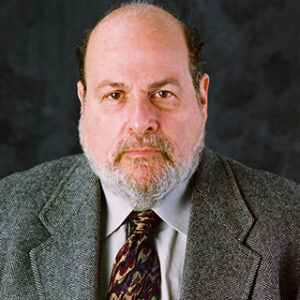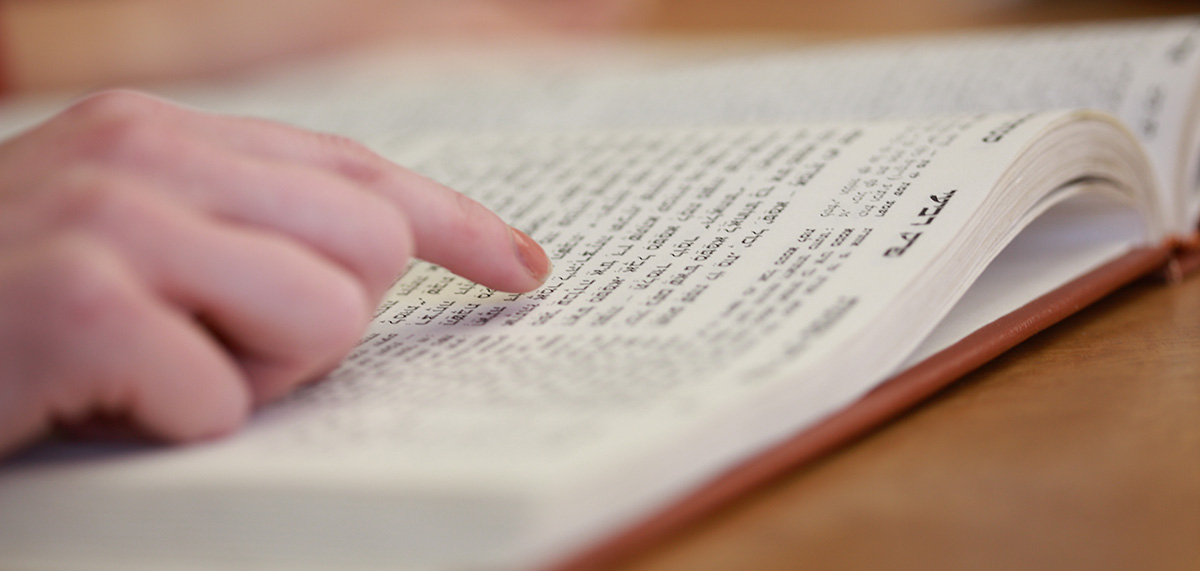Search Results
Back to JTS Torah Online's Main page
Gold and Incense: For Better and for Worse
Feb 24, 2023 By Stephen A. Geller | Commentary | Terumah
Parashat Terumah begins the long section of the Book of Exodus that deals with the Tabernacle, its furniture and vessels, and the garments of the high priest. The only interruption in this mass of cultic detail is the narrative of the sin of worshipping the Golden Calf and its aftermath in Exodus 32–34. The ritual details continue into Vayikra with the list of sacrifices in the cult.
Read More
Separation and Union: The Poles of Holiness
May 5, 2017 By Stephen A. Geller | Commentary | Aharei Mot | Kedoshim
These combined parashiyot are complex in their structure and content, yet a careful examination of these chapters reveals a striking and powerful theological insight. In terms of Bible scholarship, they extend across a major divide in the priestly literature: Leviticus 16 describes the detailed rites of yearly atonement that eliminated the taint of sinfulness from the priesthood, shrine, and people. In essence, it is a kind of re-creation of the initial state of purity of the Tabernacle on the day it was dedicated, as described in Leviticus 9-10. The link between atonement and dedication is made subtly, by the reference at the beginning of Leviticus 16 to the tragic deaths of Aaron’s sons, Nadab and Abihu, at the dedication of the Tabernacle, as recounted in Leviticus 10.
Read More
How Can People Be Holy?
Apr 1, 2016 By Stephen A. Geller | Commentary | Shemini
Shemini (Lev. 9–11) contains two main topics: the elaborate sacrificial rites performed on the eighth day of the dedication of the Tabernacle, and the laws regarding kosher and nonkosher animals. The first topic details the numerous sacrifices accompanying the last stages of the dedication of the shrine, which reach an intensity matched only by the yearly rites of the Day of Atonement. This is no accident, because the annual event is meant to restore the shrine to the purity it possessed on the day it was dedicated.
Read More
Gold and Incense: For Better and for Worse
Feb 20, 2015 By Stephen A. Geller | Commentary | Terumah
Parashat Terumah begins the long section of the Book of Exodus that deals with the Tabernacle, its furniture and vessels, and the garments of the high priest. The only interruption in this mass of cultic detail is the narrative of the sin of worshipping the Golden Calf and its aftermath in Exodus 32–34. The ritual details continue into Vayikra with the list of sacrifices in the cult. The climax of the entire cultic section is Leviticus 9 and 10, where the Tabernacle is dedicated with elaborate rites.
Read More
Offerings As Devotion and Redemption
Feb 25, 2014 By Stephen A. Geller | Commentary | Pekudei
Parashat Pekudei ends with a tremendous scene, one of the highlights of the Bible: the divine Glory, the kavod, comes down from heaven and settles into the newly completed Tabernacle so that Moses cannot enter it.
Read More
Translating Psalms
Oct 5, 2012 By Stephen A. Geller | Public Event video
Translating Psalms: A Reading and Reflection. A discussion with translator Pamela Greenberg
Read More
The Golden Calf and the Tabernacle
Feb 20, 2010 By Stephen A. Geller | Commentary | Terumah
Just before Parashat T’rumah begins, the divine Glory descends on Mount Sinai for six days, covering it with a cloud. On the seventh day God summons Moses, who enters the cloud, ascends the mountain and remains there for forty days and nights. The parashah itself begins with a divine command to take offerings (t’rumah) of precious metals, rare cloths, and other items to construct a mishkan, a tenting place (“tabernacle”) in the midst of Israel, together with all its sacred objects and vessels.
Read MoreSUBSCRIBE TO TORAH FROM JTS
Our regular commentaries and videos are a great way to stay intellectually and spiritually engaged with Jewish thought and wisdom.




